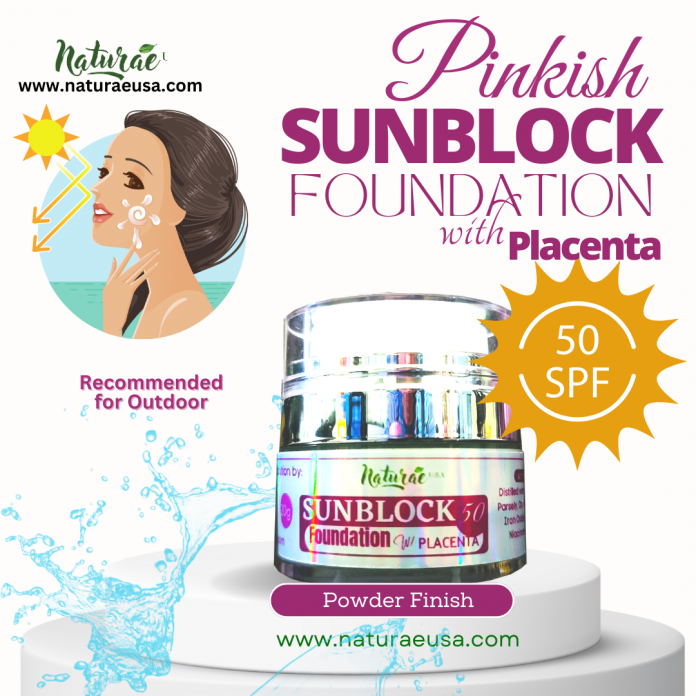The numbers in SPF (Sun Protection Factor) represent the level of protection a sunscreen provides against UVB (ultraviolet B) rays. The SPF number indicates how much longer you can stay in the sun without getting sunburned compared to not wearing any sunscreen at all.
For example, if it takes your skin 10 minutes to start turning red or getting sunburned without any protection, applying an SPF 30 sunscreen theoretically allows you to stay in the sun 30 times longer, or approximately 300 minutes, without burning. This is a rough estimate, as individual factors such as skin type, sun intensity, and other variables can affect the duration of sun protection.
Here’s a breakdown of the SPF numbers and the approximate percentage of UVB rays blocked:
- SPF 15 blocks about 93% of UVB rays.
- SPF 30 blocks about 97% of UVB rays.
- SPF 50 blocks about 98% of UVB rays.
- SPF 100 blocks about 99% of UVB rays.
It’s important to note that the difference in protection between high SPF numbers (above 50) is minimal. The American Academy of Dermatology (AAD) recommends using a sunscreen with an SPF of 30 or higher for everyday protection. It’s also crucial to choose a broad-spectrum sunscreen that protects against both UVA and UVB rays.
Remember, sunscreen should be applied generously and reapplied every two hours or more frequently if swimming, sweating, or rubbing the skin with a towel. Sunscreen is just one aspect of sun protection, and it’s advisable to seek shade, wear protective clothing, and use other sun-protective measures in conjunction with sunscreen for optimal sun safety.




